Capital City
© Carlos Hernández CalvoIn our capitalist economy, in which all aspects of people’s lives are commercialised, investors identify cities as spaces for conducting business and reaping profits. Investors exploit our cities with the support of various administrations, and in direct conflict with the rights of inhabitants. Inhabitants’ rights are secondary to the interests of capital and its owners, who create and spread discourses that support their goals.
These discourses attempt to convince us that “troubled” neighbourhoods are “cleaned up” to make them safer; that “technological zones” are created to attract new companies; and that renowned architects are hired to build pharaonic works to improve the city’s “brand” and attract tourists. But what is really happening is the transfer of profits to the “haves”, and the forced displacement of the “have-nots”. In this scenario, those with greater purchasing power settle wherever they choose, while those with less are pushed to the periphery.
Since 2014, I have taken photographs in the cities of Addis Ababa, Bangkok, Barcelona, Bilbao, Brussels, Istanbul, Lisbon, London, Madrid, New York, Seoul and Songdo City to capture in image the universality of these discourses and their characteristics. I aim to reveal what they hide, who benefits, and who is harmed as our cities develop.
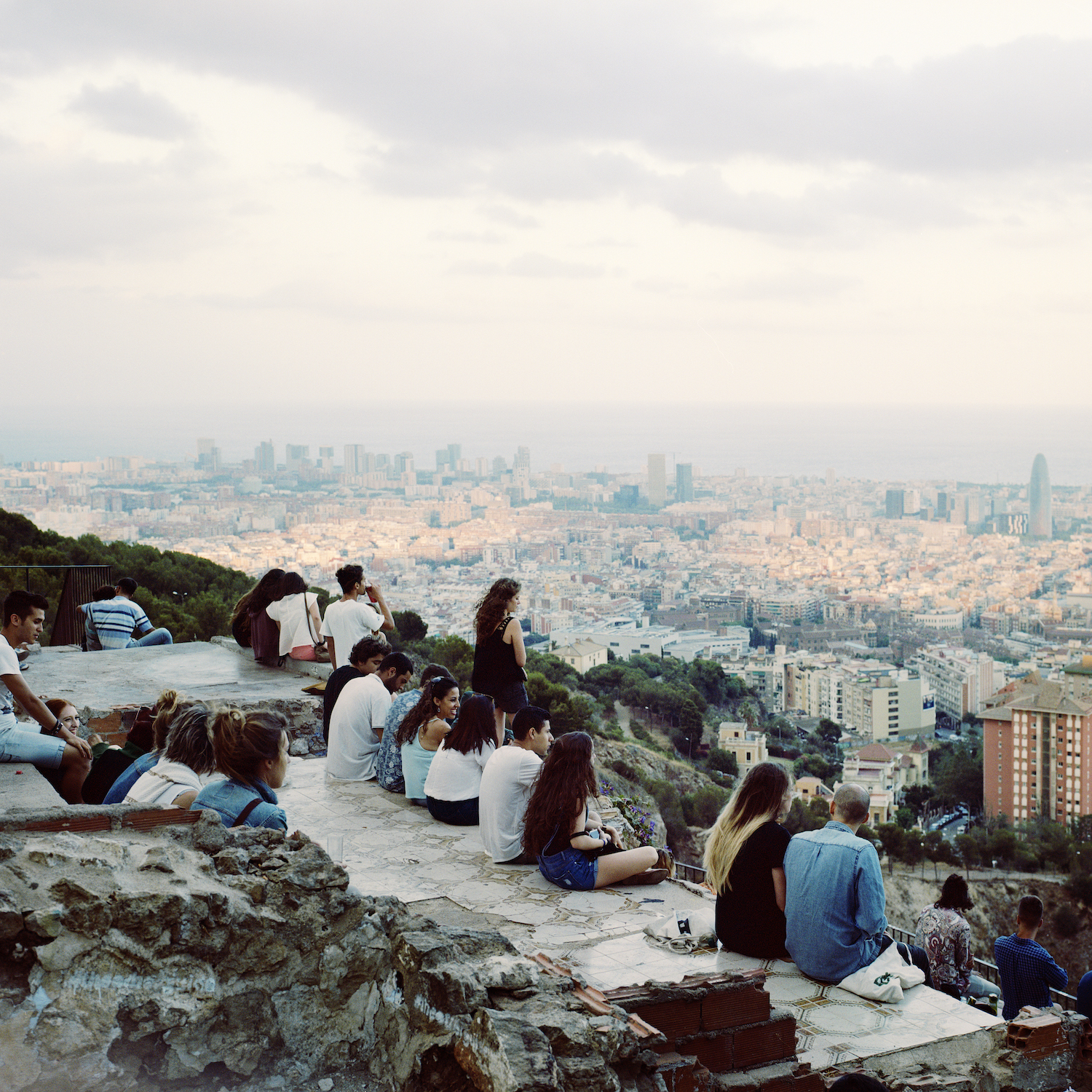


The right of landlords; speculators; and real estate, hospitality, and consumer goods conglomerates to enrich themselves remains a priority, thanks to a political class sympathetic to their interests. As long as this is the case, the rest of us will remain unable to collectively design and create the cities we inhabit, and we will continue to be subject to the dictatorship of profit in cities that have become mere merchandise.
I have called this project Capital City to highlight how the construction of cities in today’s world presupposes the ability of the capitalist class to dominate urban processes, as David Harvey notes in his book Rebel Cities. This class dominates the state apparatus and also the population’s way of life, including its capacity for work, its cultural and political values and its conceptions of the world. At the same time, this very dominance invites rejection and resistance.
Thus, the urban scene that we encounter summarises both the ways of the capitalist system and the opposition to it. It becomes an ideal place for initiating a struggle to articulate a new system. As Lefebvre said, the revolution of our time will either be urban or it will not be. To which we should add that the revolution will be feminist, thus highlighting the patriarchal exploitation undergirding capitalism in general, and cities in particular.

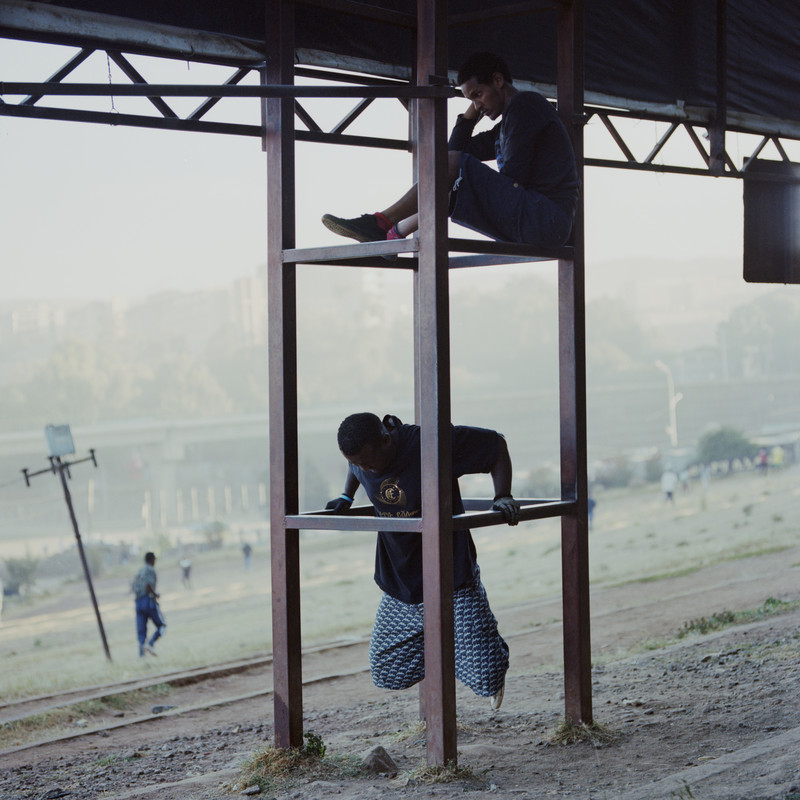
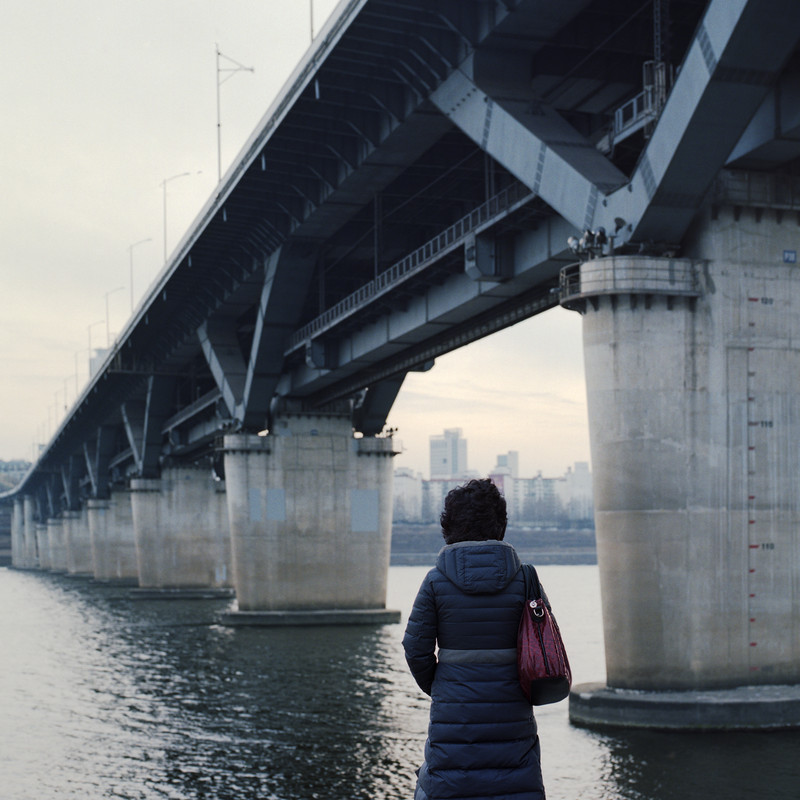
Besides photographing those who win, those who lose and those who resist, I have also photographed the discourses I found to be most significant in revealing how cities develop. This does not mean that these are the only relevant stories, or that new ones cannot emerge in the future. If we can be sure of anything, it is of the enormous capacity of capitalism not only to take over all aspects of life, but also to reinvent itself and profit from any situation, even ones that may appear to oppose it.
These are the themes that I have portrayed in the project:
URBANISM
One of the most significant examples of how urbanism has been used to build the city and, by the way, create an ideology among the population, is the Guggenheim Museum in Bilbao. This work was sold as a way to revitalize the city but what it really intended was to revalue the land near the museum to do business with the city.
The "Guggenheim effect" has been sold internationally as an example of making a city and its discourse continues to be copied ad nauseam in any international city. A way of doing where public administrations predispose and private companies share the benefits while creating speeches of excellence on celebrities of architecture and applaud a supposed creativity that serves to the interests of rent extraction.



TOURISM
Tourism has become one of the industries that most money moves in the world and, therefore, the most interesting for investment. Cities compete with each other to attract more tourists than the rest trying to enhance their particularities. Any feature that can make a city stand out from the rest is offered in tourist brochures, commercialized and used as a promotion to obtain an economic benefit.
With the arrival of tourists, neighborhoods see how their stores disappear and give way to business oriented to these new visitors while the traditional rental park is replaced by tourist flats that contribute to the increase in housing prices and hinder coexistence in neighborhood communities, who are forced to move to other areas of the city.
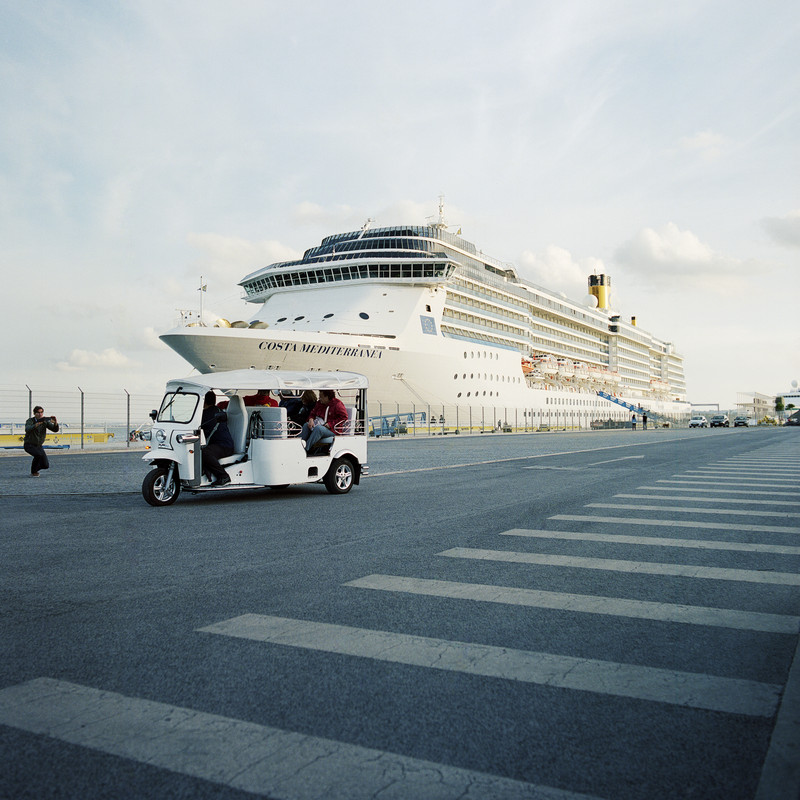

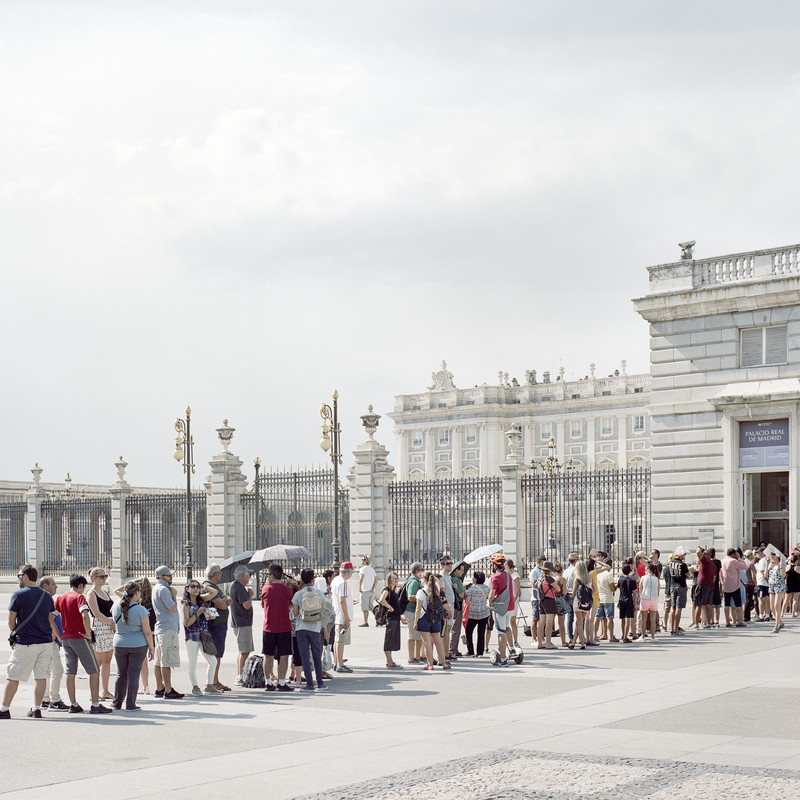
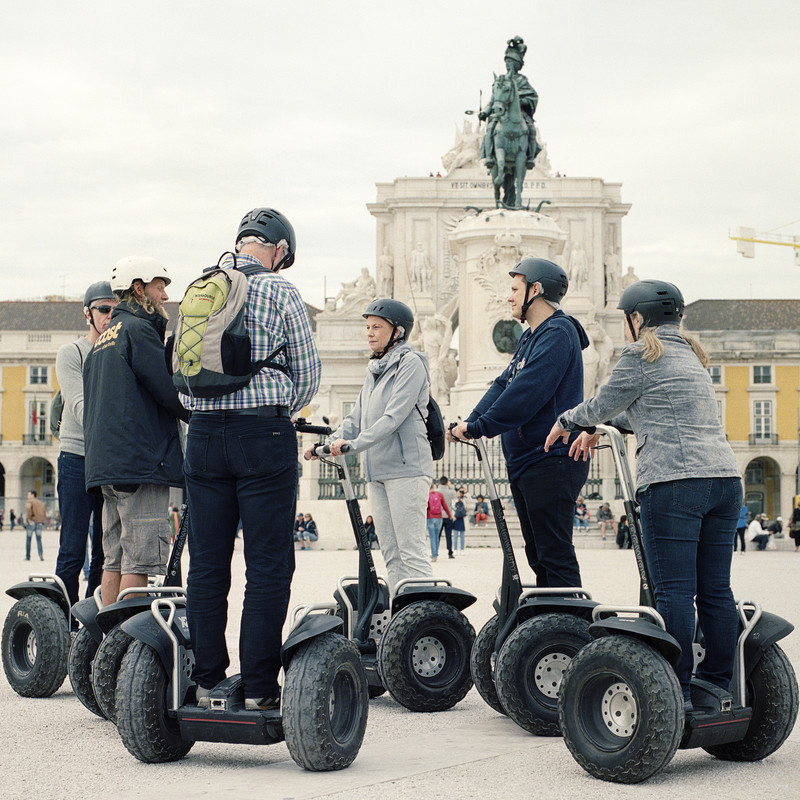
THE CREATIVE CLASS
This concept has been driven, among others, by Richard Florida, famous for the publication of his book "The Rise of the Creative Class." Florida says that as creative professionals have higher wages and consume more than the rest of the working class, cities must open up and become attractive to these people who, with their way of life, will serve as an economic engine for the city.
The speeches in favor of the creative classes do not question at any time the reason for their higher salaries or the idea of work itself in our society. Neither is interested in the reason why there are fundamental works for social reproduction, such as care, performed mostly by women, who are not even considered as a job because is not being paid.
Betting on the creative classes as an engine of economic stimulation is to accept the status quo of a patriarchal system based on exploitation where, as always, those who have less are always the most harmed.

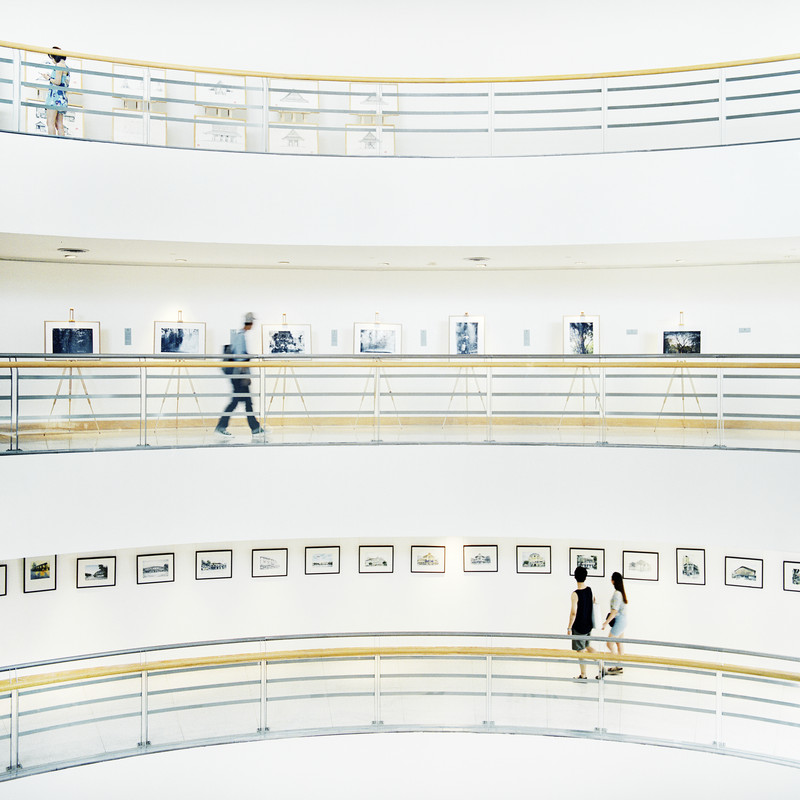

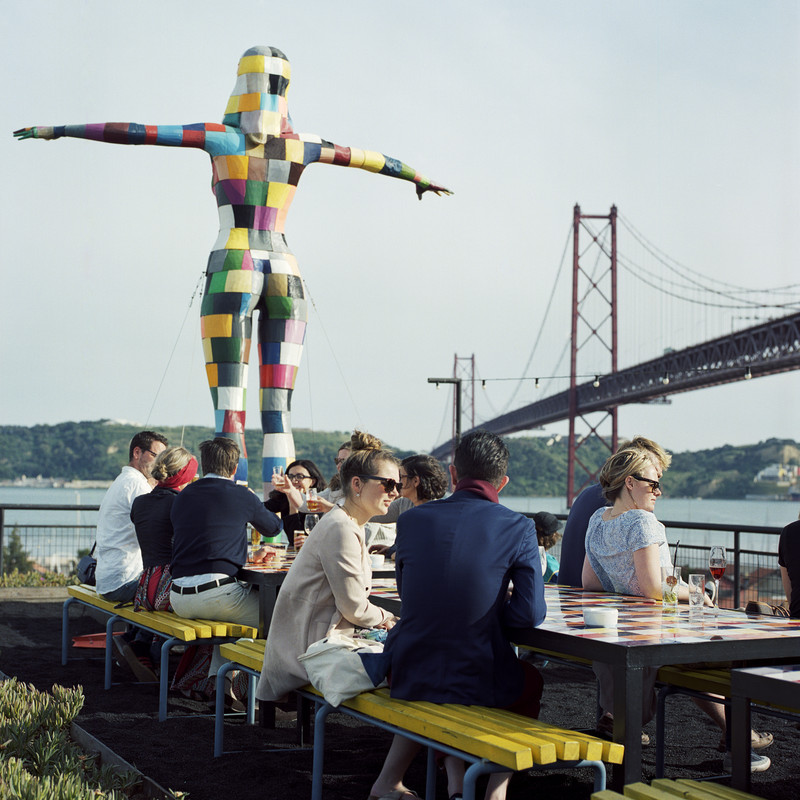
SMART CITIES
A Smart City is a concept used to define cities with technological solutions for their daily development. However, the Smart City concept plays a much more important role in the marketing of the city. As José Mansilla, from the Anthropology Observatory of the Urban Conflict (OACU in spanish) points out "The first thing that must be said is that the Smart City concept is, before anything else, an urban marketing strategy constructed and designed to "sell the city". In a world where the concept of technology is associated with positive ideas such as modernity, efficiency or even sustainability, the story of the Smart City has a lot of livestock, allowing to advance positions in the international market where cities compete to attract investments and visitors.
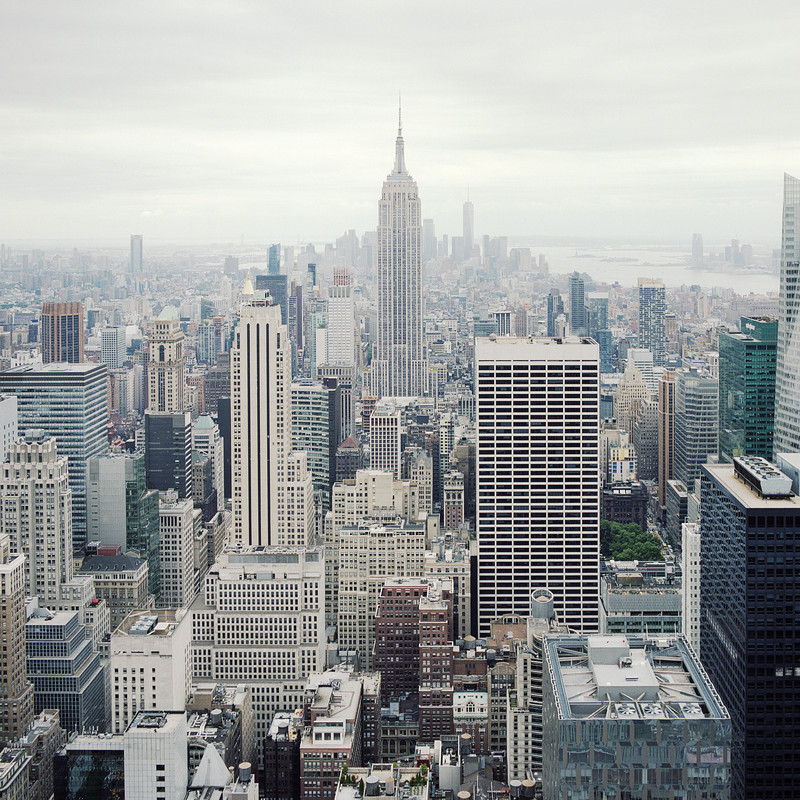
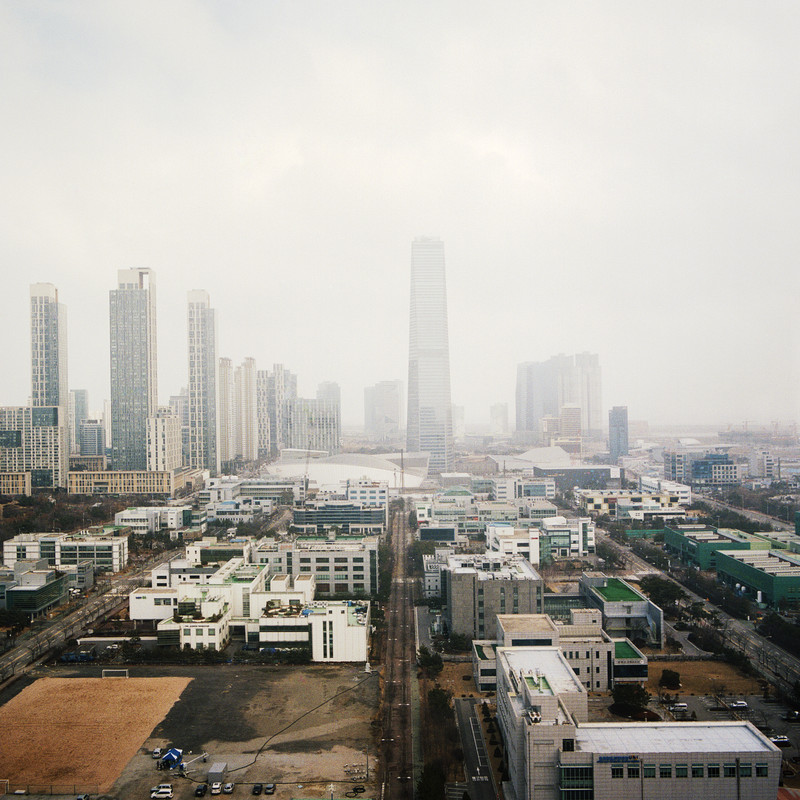
THE MALL
In our society, where leisure and consumption are powerful economic engines, the figure of the Mall stands as a capitalist ideal of development. A place created exclusively for safe and controlled consumption, away from the city, where the visitor enters a universe designed exclusively to extract benefit from his visit.
These "cathedrals" of consumption, built thanks to private investment and by the hand of the administrations that enable its construction and its business model, eliminate the life of the streets, moving it to the mall and affects the local market, the consumers and the physiognomy of cities.
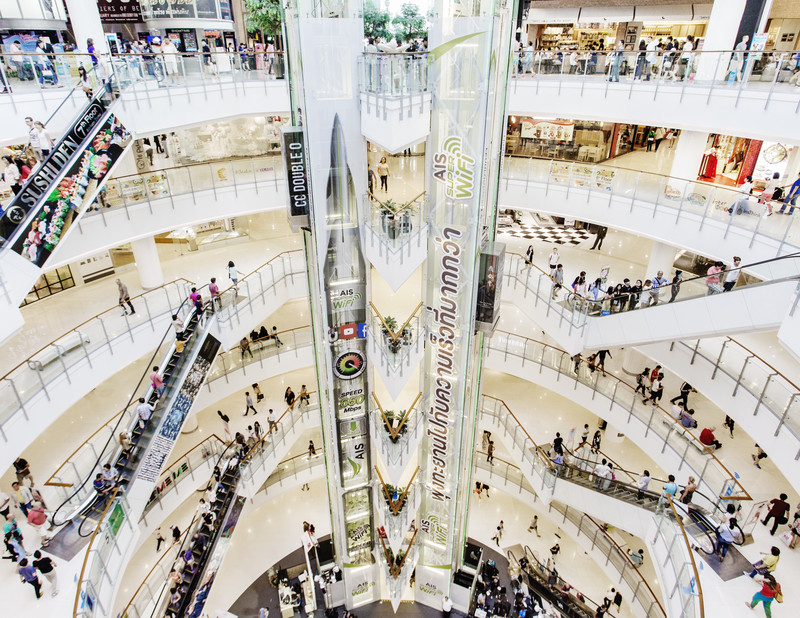



IMPOVERISHED NEIGHBORHOODS
Far away from the tourist guides of our cities we find the neighborhoods that have been marginalized and neglected by local administrations, politicians and businessmen. Here live the people in poverty situations that the city, in its continuous search for profit, has been forgetting.
These are neighborhoods with high unemployment rates, a lot of job insecurity, poverty, poor housing and health conditions, and with little or no equipment for community life.
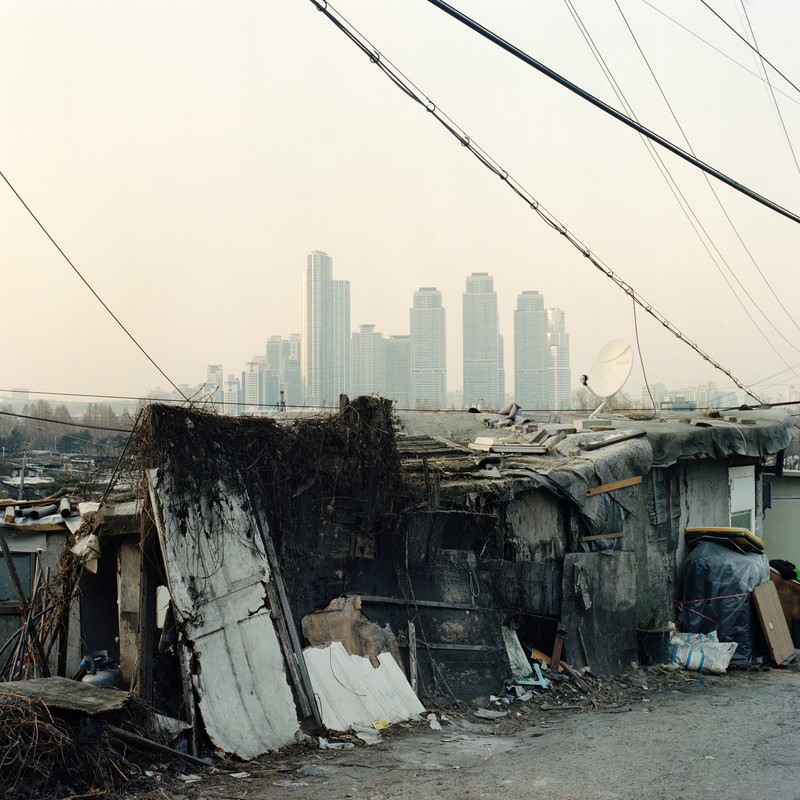
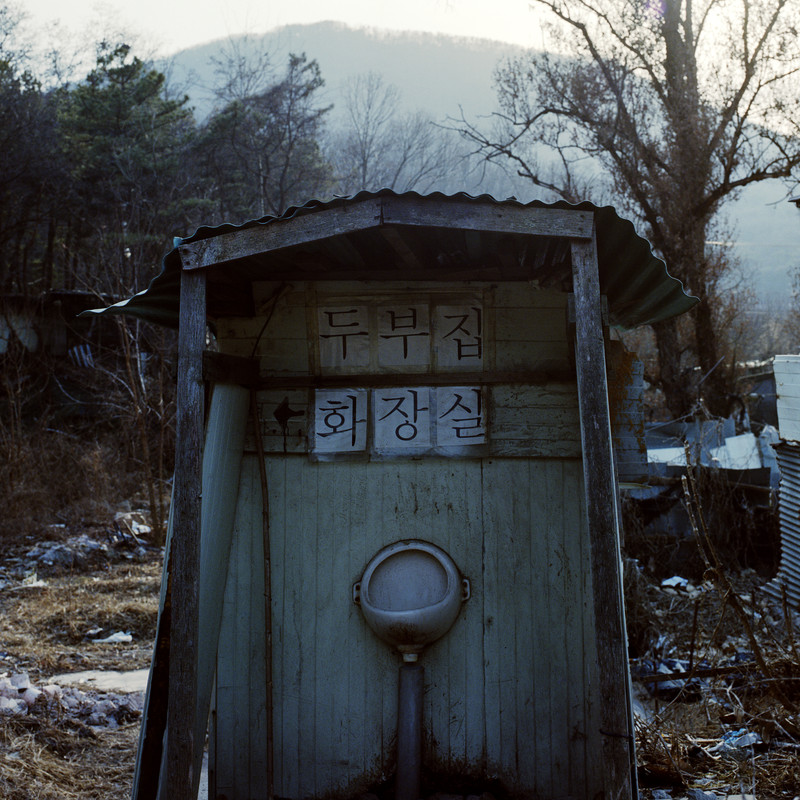
RICH NEIGHBORHOODS
Whether in large mansions with swimming pool, tennis court, gymnasium and garden, or in apartments located in fashionable neighborhoods or in private condominiums with interior common areas, protected and isolated from the rest of the city, the upper classes have the possibility to choose and live in the best and most spoiled areas of the city. Or, if they prefer, they can also be installed in the historic centers, initially occupied by working classes that the administrations have been in charge of adapting (read, monitoring and expelling their original inhabitants) so that the new classes can enjoy, as says Manuel Delgado in his book The Lying City: Fraud and Misery of the Barcelona Model, "periodic immersions in environments of well-tempered multiculturalism."

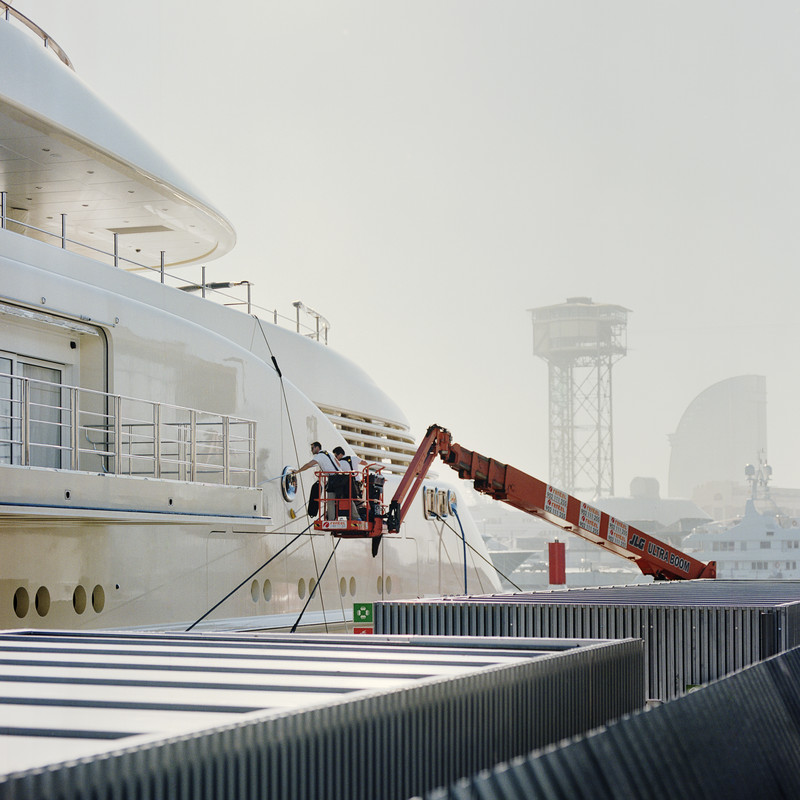

In a world where the capacity of choice is determined by the purchasing power of people, those who have more, can always choose ahead of others. Although your income comes from jobs that create a more unjust society, if you have more benefits, you will be able to choose over the rest, because the objective of capitalism is to obtain a greater economic return and not create more just and egalitarian societies.



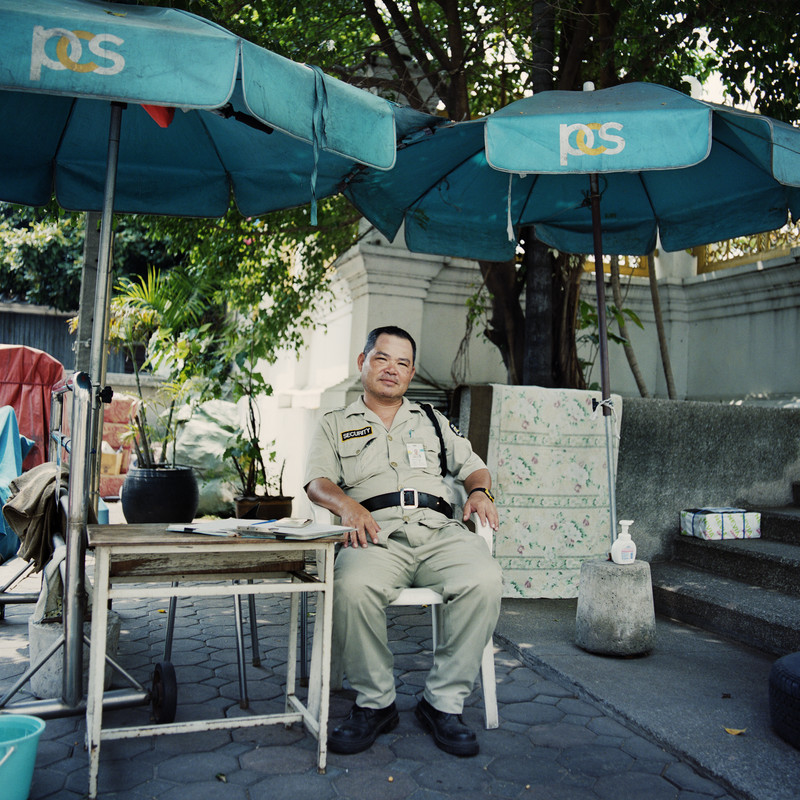
RESISTANCE
In light of this capitalist development, guided exclusively by profit, the affected population has revealed itself and, with confrontation and resistance, has also been building a city. A city where the most important is the right of the social majority to live in it and build it according to their interests, resolving their differences from Rosa Luxemburg's maxim: "For a world where we are socially equal, humanly different and totally free." At the moment, capitalist hegemony seems to be far from disappearing, but thanks to the continuous resistance of the population, which demonstrates the inability of capitalism to create a better world for all, a different future seems increasingly necessary.
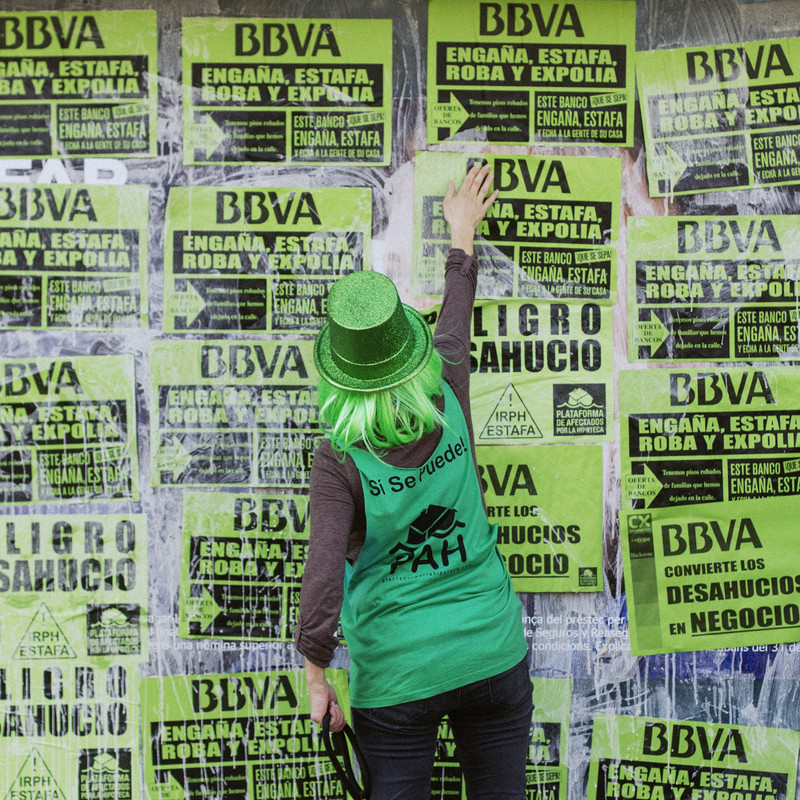

click to view the complete set of images in the archive
http://www.capitalcity.es/
